No Leftovers: My Mother’s Ingenious Tips Helped Make Me a Better Cook
Cooking is the first step to a zero-waste lifestyle. Here are some cooking hacks shared by the two most important women in my life, my maa and my grandma!
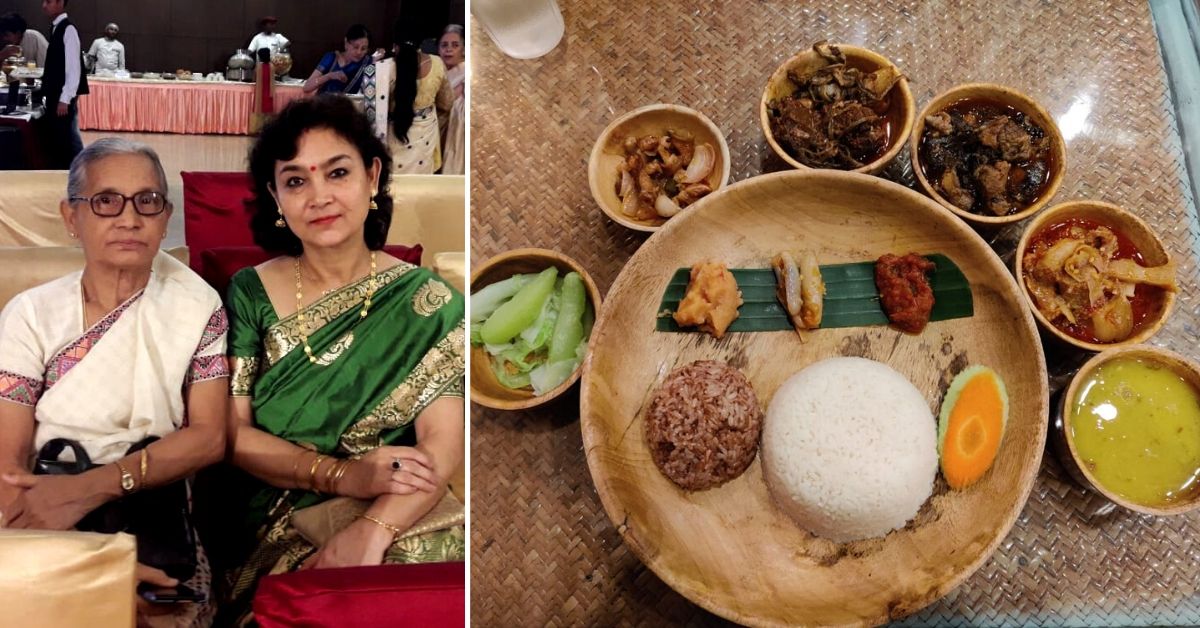
I grew up in a household where food played an important role in bringing us together. Holidays were marked with celebrations and even everyday meals were cooked in the most heartfelt manner. A simple bowl of khichdi or dal-chawal continues to satisfy my soul.
But, having moved away from Assam, all the food that evokes memories and warmth naturally became elusive. I’ve lived in PGs where I have complained about the food, but once I started living by myself in a 350 sq ft studio apartment in Bengaluru, I had no excuses. I finally had the independence to recreate dishes that could bring me close to home, albeit the physical distance.
‘The Better Home’ brought to you by ‘The Better India’
We created ‘The Better Home’ because you shouldn’t have to choose between non-toxic ingredients and effective cleaning. Our cleaners are safe for babies, pets, skin and our oceans.
Explore our range of powerful, earth-friendly cleaners here.
I enjoy cooking and it feels like a meditative activity. A few hours where I can switch off my brain and focus on not burning the onions or ensuring I have added the right amount of salt.
But, I have to admit that it’s only during the lockdown that I actively began executing a well-planned menu.
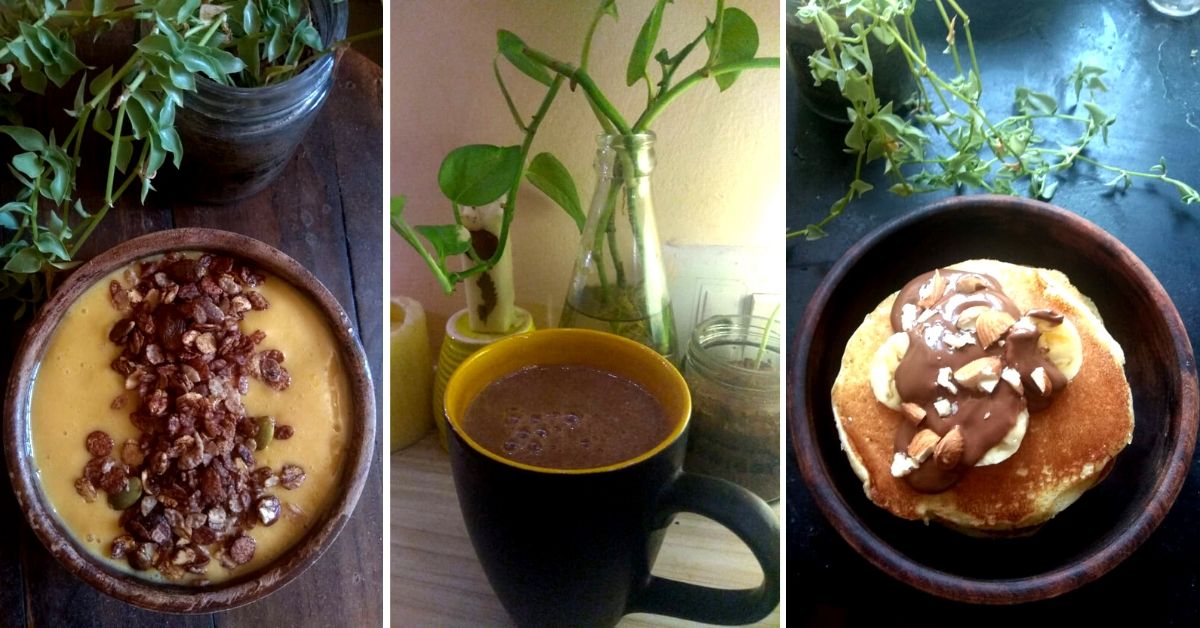
Like clockwork, I would call Maa and my grandmother to ask them the specifics about my favourite comfort food often cooked by them. Observations over the years have led me to understand that these amazing women have always been resourceful enough to never waste food. This is one value that has also been ingrained in me.
While at the dining table, we were never allowed to waste anything on our plates. “Take only as much as you can eat, but ensure what’s on your plate isn’t wasted,” they’d say.
Even today, it is difficult for me to just toss food in the bin.
And with the lockdown, when resources were scarce, it became even more important to be thoughtful about how I cooked. Reusing leftovers became another way to minimise waste.
Here are some tips that you can incorporate in your everyday cooking.
Waste not, Want not

My mum says not wanting to waste food has a lot to do with how she was brought up. She was the oldest of three siblings and most of her formative years were spent in Shillong. My grandfather, who was an architect, had a transferable job. So, my grandmother, a homemaker, stayed with all her children in the town nestled in the hills.
She recalls how my grandmother inspired her to reuse leftovers–how old bread would be turned into delicious veggie chops. The bread would be pressed flat with water, then, a leftover sabzi of beans, carrots, potatoes, and cauliflower would be placed on it. The moist bread would be rounded into a ball and fried.
“Although I was a very picky eater, your grandmother ensured that all the meals were delicious and nutritious. Frankly, our middle-class background taught me that food must never be wasted,” Maa tells me unapologetically.
For my grandmother, Anai, it was a similar philosophy. She grew up in a village in Assam in the 1930s with six other siblings. With so many members in the family, the concept of wasting food was alien. “All the food that was cooked would be consumed in one sitting, there were no leftovers,” she tells me.
In the absence of a refrigerator, my grandmother recalls that produce like fish would be dried to make chutneys or curries.
I noticed that I too have some hacks of my own. For example, I never peel my potatoes while cooking. I wash them carefully before using them in any dish. This was especially after I found that the peels actually help in reducing the risk of colon cancer, heart disease and type-2 diabetes!
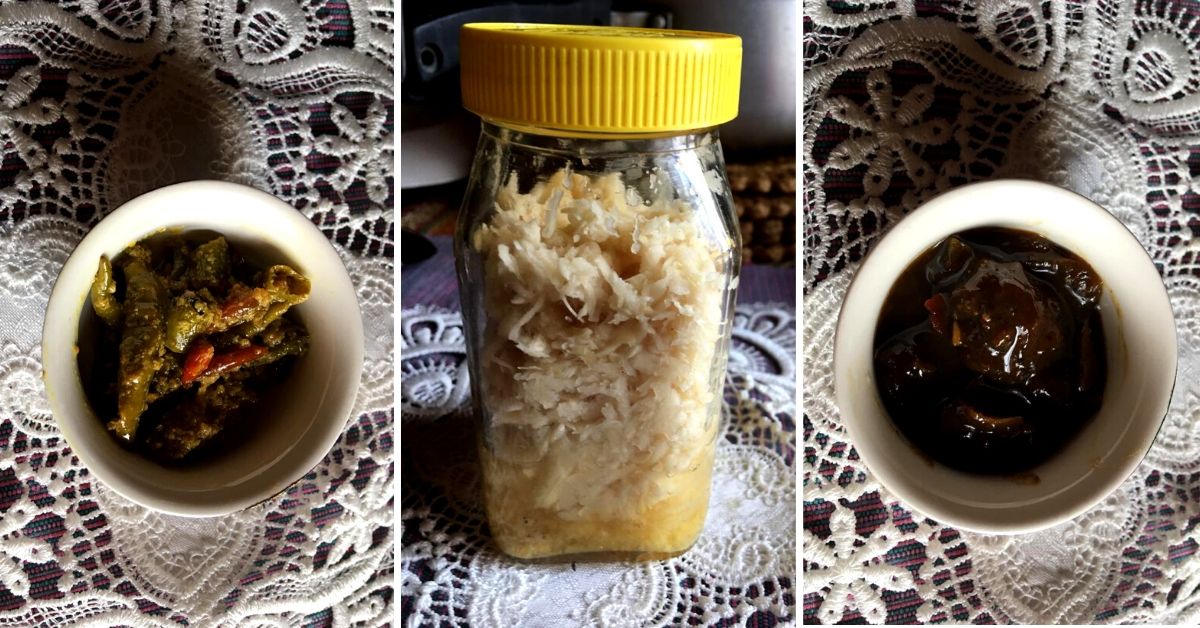
When there is a lot of curd in my fridge, I just turn it into a raita. I grate some cucumber and add it to the curd with salt, coriander powder, chilli powder, black pepper, a tinge of honey and a large spoon of whole mustard paste. This also makes an amazing dip for some hot pakoras and chai.
Back home, after any puja, my grandmother never let the leftover prasad go to waste. The prasad comprised a mixture of soaked gram and moong. This is blended with onions, garlic, ginger, chillies and salt to make delicious pakoras.
Maa tells me that her mother-in-law has been another influence on her cooking. My paternal grandmother, Aita, brought in her Bengali heritage when it came to cooking her food. We naturally had a good understanding of Bengali cuisine and she too was an extremely resourceful cook.
Every time bottle gourd was cooked, it was with the skins. She would julienne them thinly along with some potatoes and fry them with onions in mustard oil with a pinch of turmeric and salt. This was a genius way of making the most of what would otherwise be considered as waste.
My Aita also made desserts. There wasn’t a single meal that did not end with a dessert or cake. I remember she would use egg whites only to make pavlovas and meringues, but the egg yolks would never go to waste. She would transform them into mayonnaise and you can do the same. Blend egg yolks with oil and vinegar and use it as fresh mayonnaise in your salads or as a dip.
Pickles are another feature in the Gogoi household. Excess produce has always been used to make sweet and spicy pickles. These include kaccha mango pickle, chilli pickle, bogori pickle, jolphai pickle and so on. Even veggies can be preserved in brine to prevent them from spoiling.
Leftovers? What leftovers?
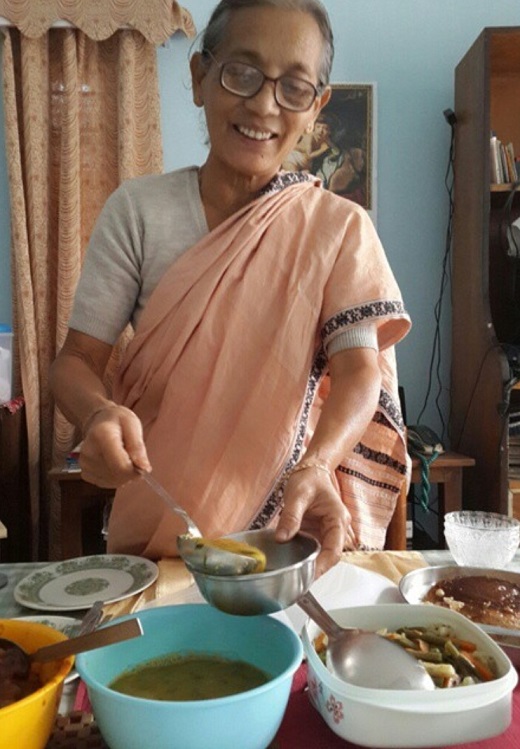
I have used bananas to make a stack of pancakes and even a smoothie since I don’t have an oven. If you have one, you can use it to make banana bread. Other than that, sweet banana pakoras are often made at home. Mash the bananas with a mix of besan and sugar before frying them.
In the case of leftover bread, Maa would make bread pudding. Just take layers of bread and arrange them in a baking tin. Pour some milk and sprinkle some sugar and raisins. Take half a litre of milk and put it on the stove to reduce with some sugar and vanilla essence. Once it has cooled down, break three eggs and pour the mixture over the bread and bake it in the oven until the bread looks golden brown!
Luckily for us, my mother is a dessert expert and makes the most wonderful cheesecakes and bakes the yummiest bread. Most of the fruit at home is hence, preserved.
Take pineapples for example. These are sliced and cooked in sugar syrup. Once the pineapples are soft, they are stored in a glass jar. This can be spread over some toast, pancakes, or even while you make your own desserts. You can do the same thing with other fruits and berries!
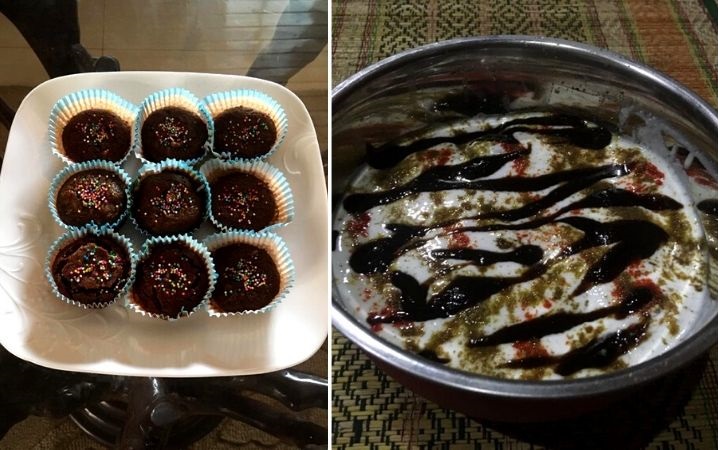
Another dish that solely rests on leftovers is the amazing dal puris and parathas made by my mum. Just dehydrate the dal over the stove, take some atta that’s already been kneaded. Use the dal as stuffing before your roll out the puris or parathas. This is best served with a side of chilli pickle, aam murabba, and a cup of chai. Super delicious and easy to make.
If you have a hard look at your refrigerator, milk is another essential that often spoils quickly. When milk remains in the fridge beyond two days, turn it into chenna by squeezing lemon juice while heating it. Once you see the milk curdle, strain it with a muslin cloth. I do this often, and like to have the chenna as is, but if you have large quantities, you can make use it to make paneer bhurji with peas and tomatoes.
Maa uses this chenna to make kheer, where chenna serves as an alternative to rice.
Anai on the other hand would collect malai in a small steel container. Whenever I am in Assam, I finish off this delicious cream. But, in my absence, my grandmother informs me that this malai goes untouched. However, she’s begun using it to make fresh butter and ghee which has a beautiful nutty flavour. Just a dollop of this goodness over some chapatis or paranthas and you don’t need anything else.
I consider myself super lucky to have witnessed these hacks. I also have a small garden which uses fertiliser from food waste.
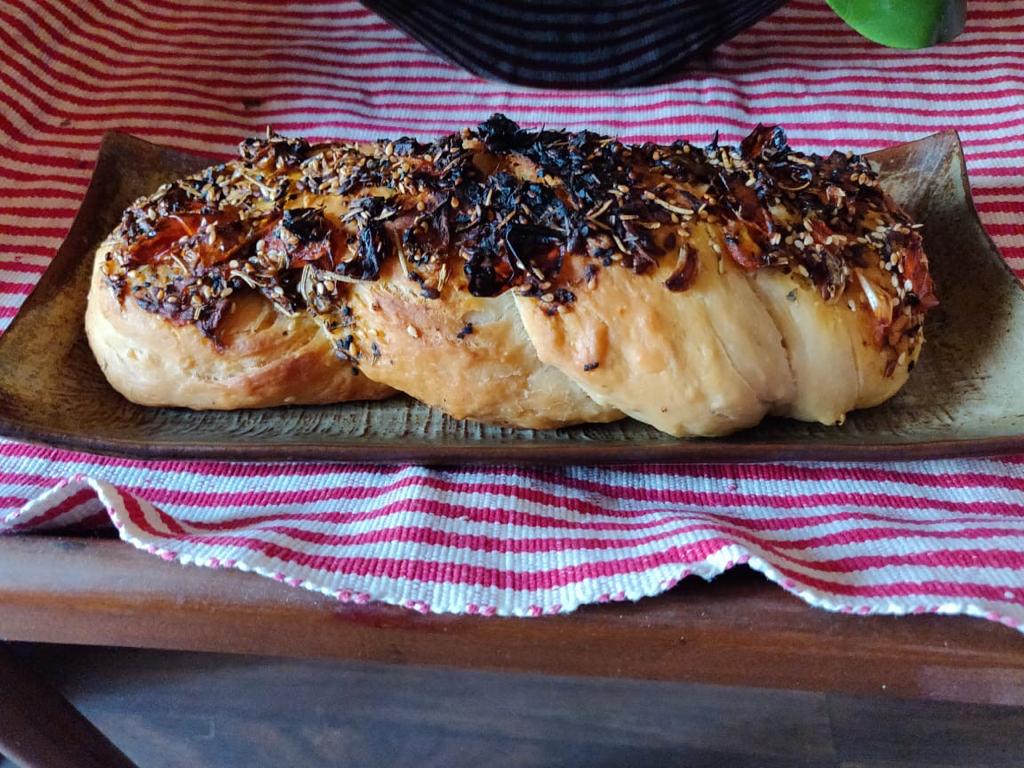
Whenever I wash rice, I save the wastewater since it is rich in nutrients. I secure my banana peels in a jar with water, which is later used to water my plants.
I owe most of the zero-waste principles that I follow to maa and my grandmothers. Having observed all their practices closely, I have been heavily influenced and inspired by them.
Although I have been living and self-isolating alone, food has been one of the things that brought me solace. While my mother and grandmother are just a phone call away to answer my incessant queries, I cook using their recipes, listening to the same music they did while cooking.
Finally, I am home.
(Edited by Shruti Singhal)
Like this story? Or have something to share?
Write to us: [email protected]
Connect with us on Facebook and Twitter.
If you found our stories insightful, informative, or even just enjoyable, we invite you to consider making a voluntary payment to support the work we do at The Better India. Your contribution helps us continue producing quality content that educates, inspires, and drives positive change.
Choose one of the payment options below for your contribution-
By paying for the stories you value, you directly contribute to sustaining our efforts focused on making a difference in the world. Together, let’s ensure that impactful stories continue to be told and shared, enriching lives and communities alike.
Thank you for your support. Here are some frequently asked questions you might find helpful to know why you are contributing?


This story made me
-
97
-
121
-
89
-
167











